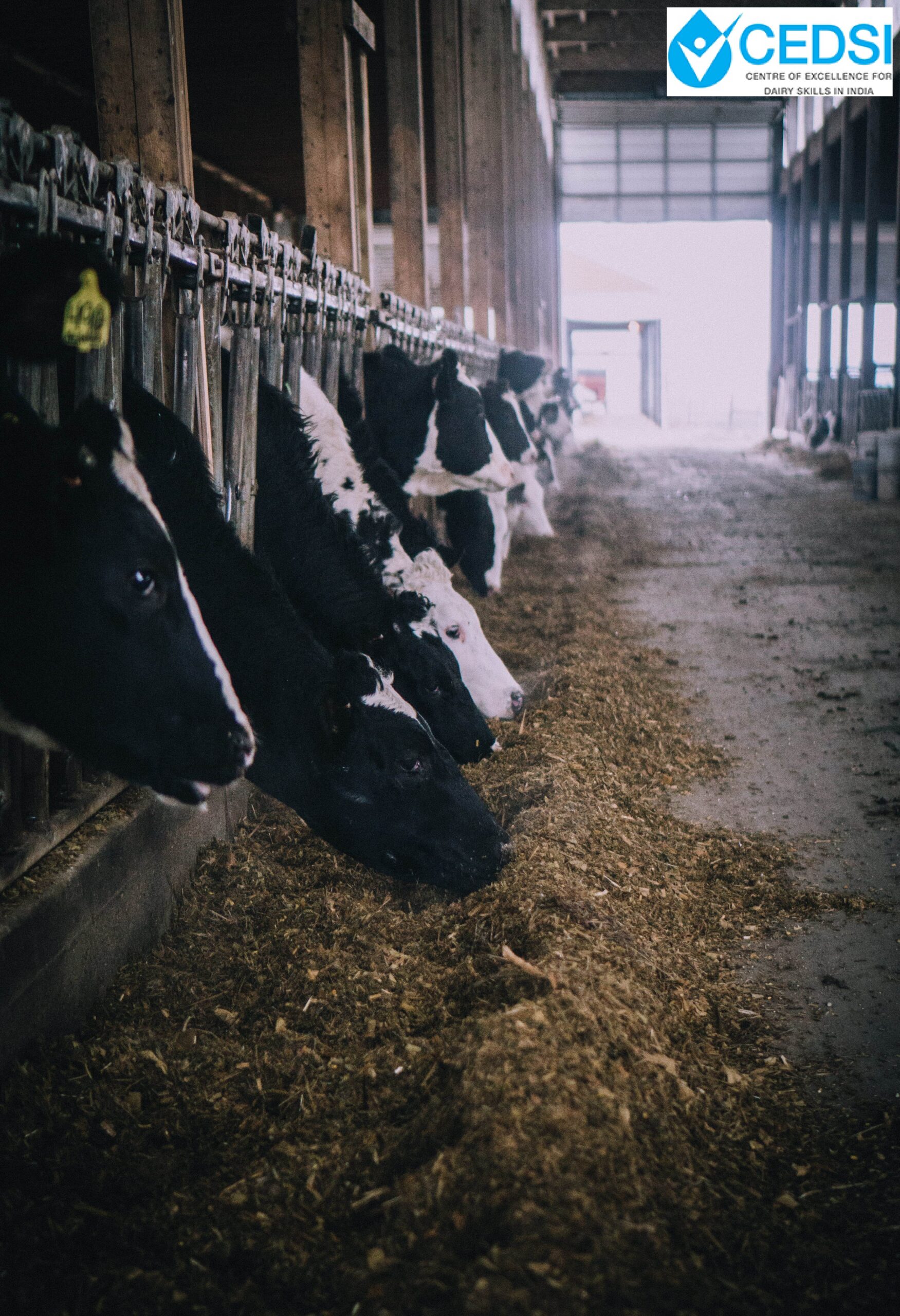Effective health management is one of the valuable tools for efficient dairy farming. Thus, it is vital to maintain smooth and efficient functioning. However, the effective functioning of dairy industries is curbed by innumerable dairy cattle diseases. While it is difficult to entirely cover the full range of dairy cattle diseases and conditions, the major dairy cattle disease can be classified based on the pathogen that causes them – Bacteria, Virus, Protozoa, and Parasites.
Foot and Mouth diseases are the most common cattle conditions that are caused by different types of virus. Main symptoms include fever, blisters in the mouth and feet, decreased milk production, loss of appetite, quivering lips and frothing mouth, blisters on teats, and lameness.

Other common cattle diseases caused by direct or indirect bacterial invasion are Mastitis, hemorrhagic Septicemia, Anthrax, Blackwater, and Brucellosis. Their general symptoms include lack of appetite, unwillingness to move or reduction in mobility, dullness, reluctance to move, high fever, lameness, and rapid breathing. Some specific symptoms include a watery milk appearance and reduction in milk yields in Mastitis, salivation, and shortness of breath with nasal discharge in hemorrhagic septicemia, sudden death followed by unclotted blood discharge from ears, nose, or rectum in cases of Anthrax, and retention of fetal membranes and death within 24 hrs of calving, (signs of infection in intestine or swollen testicles n bulls) in Brucellosis. Milk fever is another common cattle disease caused by calcium deficiency during the calving period.
Babesiosis, anaplasmosis, coccidiosis, theileriosis, and toprosomioses are some diseases caused by Protozoa contact, overcrowding, unclean surroundings, and contact with other contaminated animals. These dairy cattle diseases exude certain symptoms respectively, like coffee-colored urine, swelling, diarrhea, Anemia, and weight loss. General symptoms include itching, irritation, excitement, and abscesses on the epiderm. Lastly, the cause of Parasitic diseases can be traced to unhealthy keeping conditions, malnutrition, contact with fecal material, flies or ticks, manifest symptoms of listlessness, diarrhea, blood-tinged stools, distended abdomen, and bottle jaw.

Based on a recent study and evaluation of ‘Economic evaluation of important cattle diseases in India’ by B Singh and S Prasad (November 2019), FMD showed high morbidity (45.3% incidence) but low mortality (16.6% deaths) and was noted as highly contagious. Hemorrhagic septicemia accounted for 9% incidence and 44% of the aggregate of fatalities. Anthrax showed the highest case fatality rate of 60%. Black Water was a predominant disease of cattle and responsible for about 19% of deaths in cattle, with a case fatality rate of 40% in cattle. The average annual economic loss was highest due to FMD – Rs. 1112.68 lakh followed by Haemmorragic septicemia – 287.81 lakh, Black Water – Rs. 77.36 lakh, and Anthrax – Rs. 18.94 lakh. In the overall ranking in terms of incidence, deaths, and economic losses, the FMD was number one followed by HS, BW, and Anthrax. Such data is relevant in determining and preventing the spread of dairy cattle diseases.


Worth Reading about cattle diseases , Interesting Blog well drafted